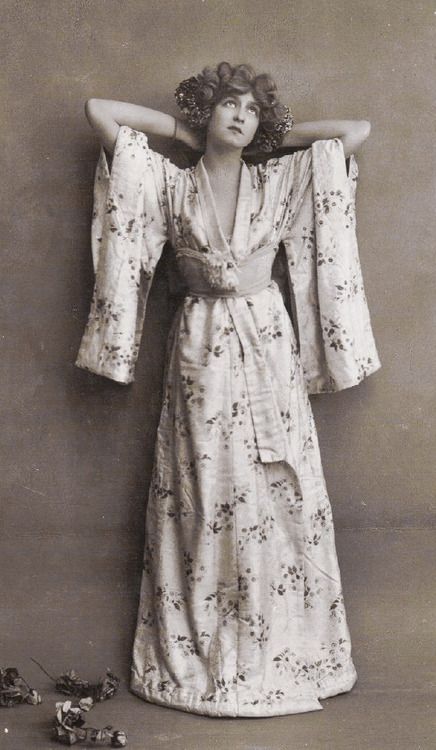
“That year, every metropolitan city, from Paris to London, was caught in an Orientalist fever called Japonisme.”
When Dorrie comes to San Francisco in The Bohemians, she’s startled by City’s embrace of all things Japanese, and wonders how it squares with the prejudice she sees against the Chinese.
Like many of the most puzzling details in the novel, I couldn’t have made this up. There really was a “fever” called “Japonisme” and it really coincided with an era of extreme xenophobia and nationalism.
From the “Divan Japonais,” one of the chicest Parisian cabarets, to the paintings of Toulouse-Lautrec, the designs of Frank Llyod Wright, and the gowns of Jeanne Lanvin, Japan afforded Europeans and Americans an opportunity to simultaneously envision modernity and indulge a fantasy of the “Orient.”

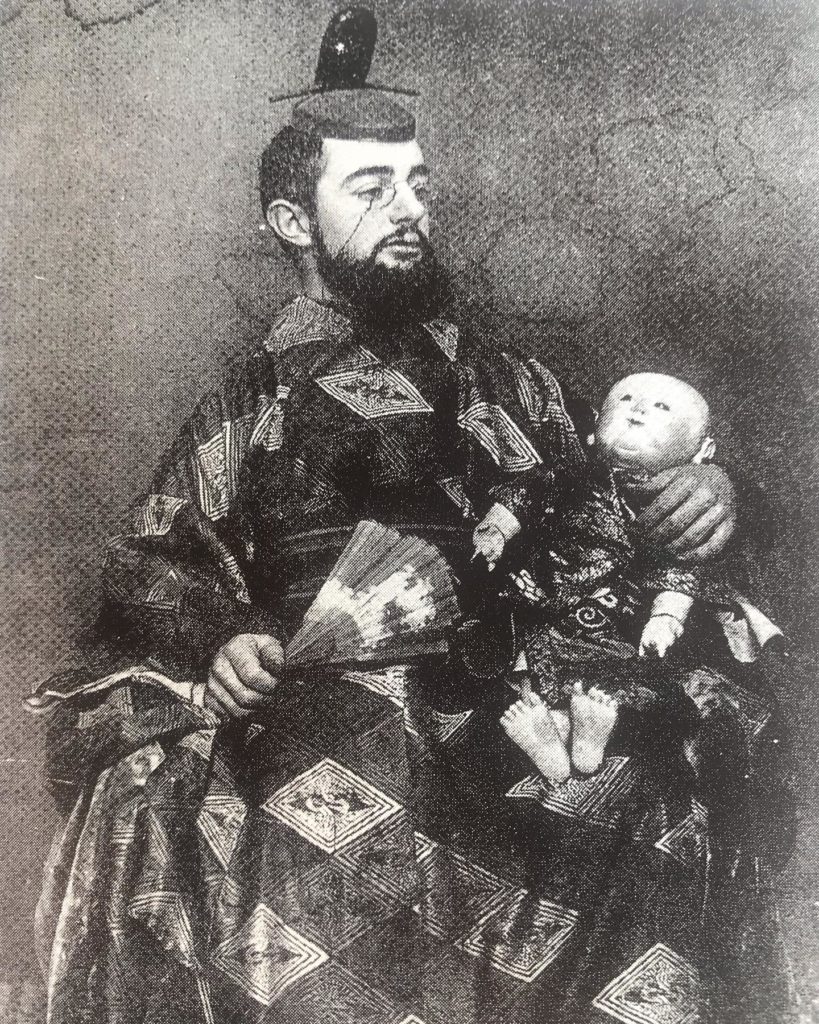
In San Francisco, Gump’s was *the* purveyor of Japanese antiques and curios. Housed in a grand Renaissance-style palazzo at 250 Post Street near Union Square, the store’s over-the-top Far Eastern aesthetic became an essential part of how wealthy San Franciscans outfitted their homes.
But you didn’t have to be wealthy to partake of Japonisme. One of its most ubiquitous forms was the adoption of the kimono. While the draping of 1910s-1930s coats drew inspiration from the kimono, Western women loved to dress up in the garment (genuine and reproduced), completing the look by painting their faces and wearing their hair in what they imagined was authentic Japanese fashion.
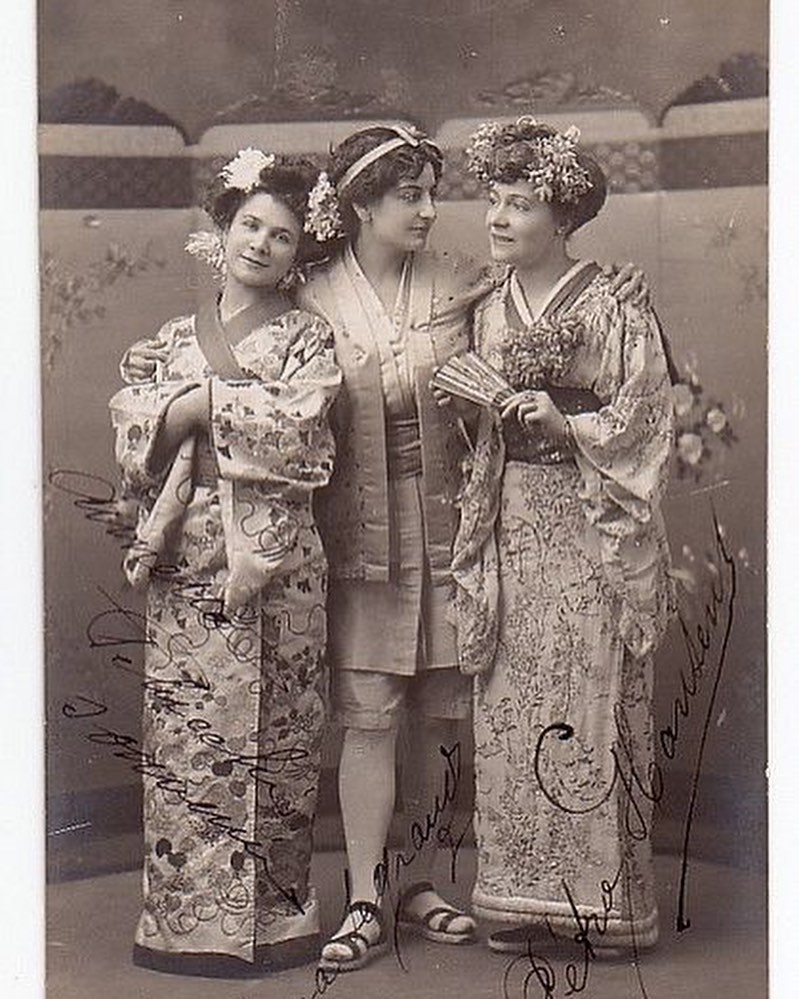
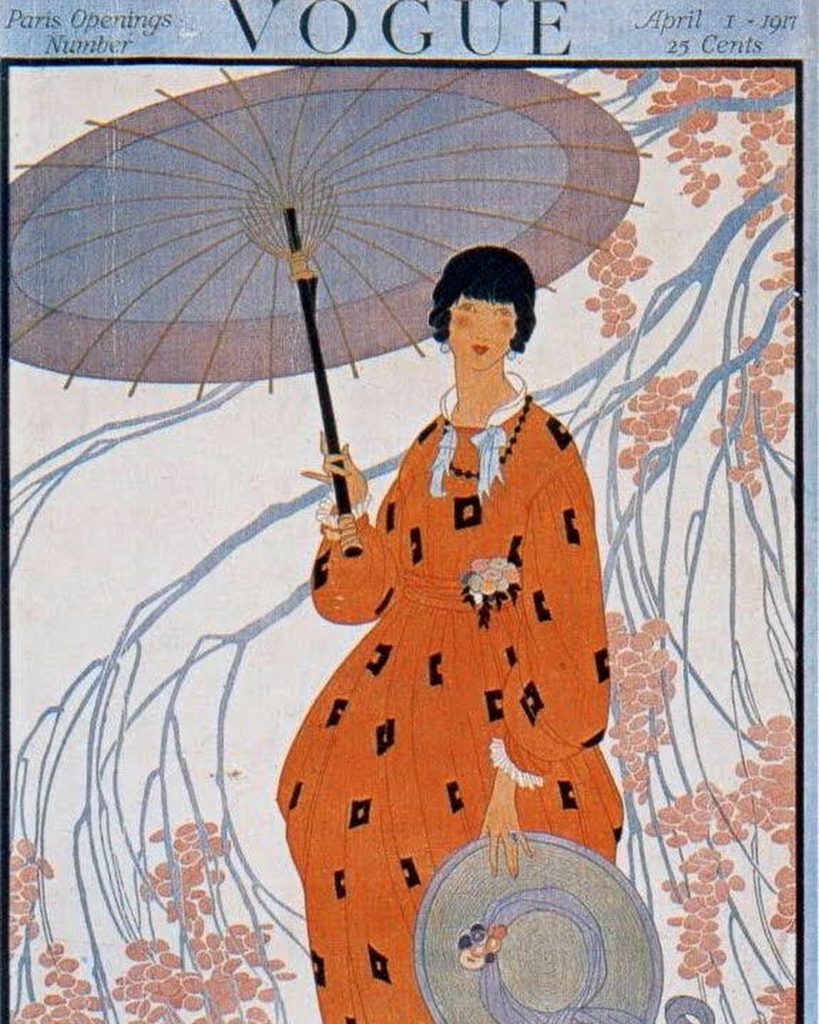
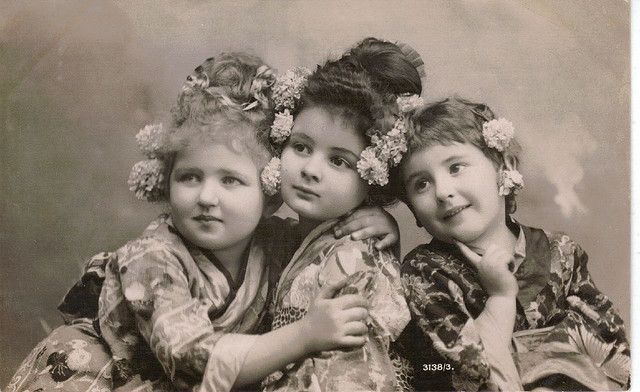
It’s cringey, for sure, but it stuck. Have you noticed how kimono-inspired jackets are pretty much synonymous with Bohemian/Boho style?
add a comment
+ COMMENTS